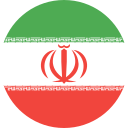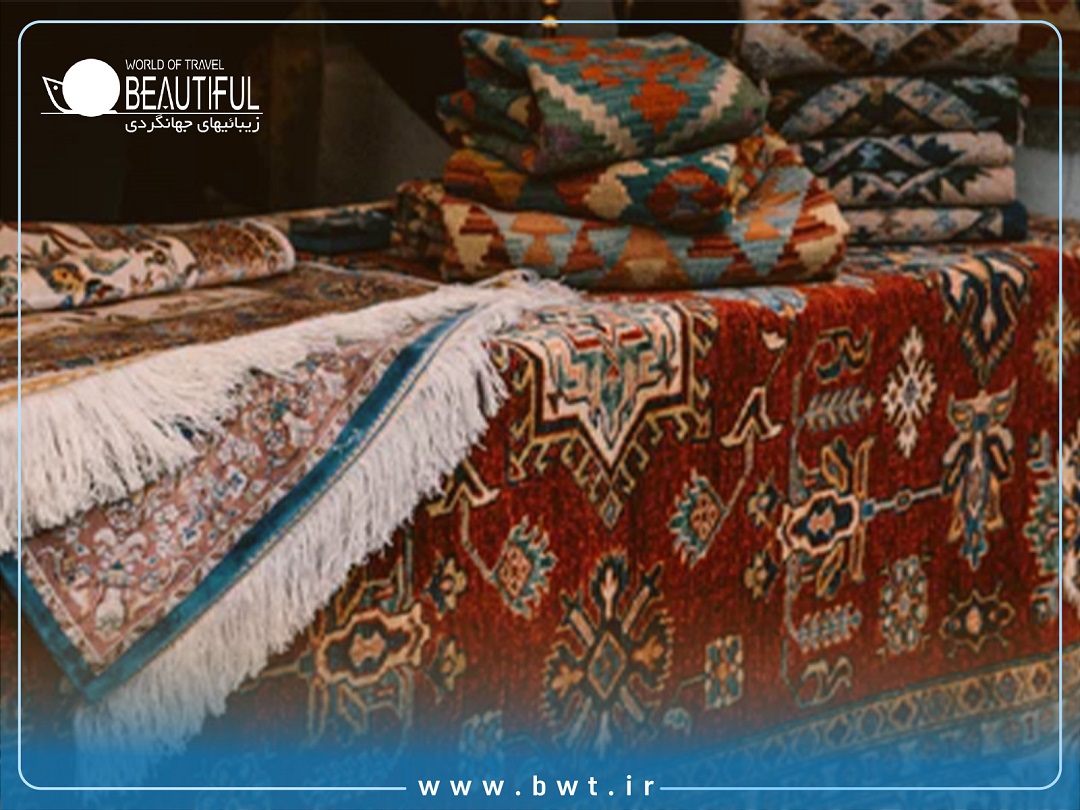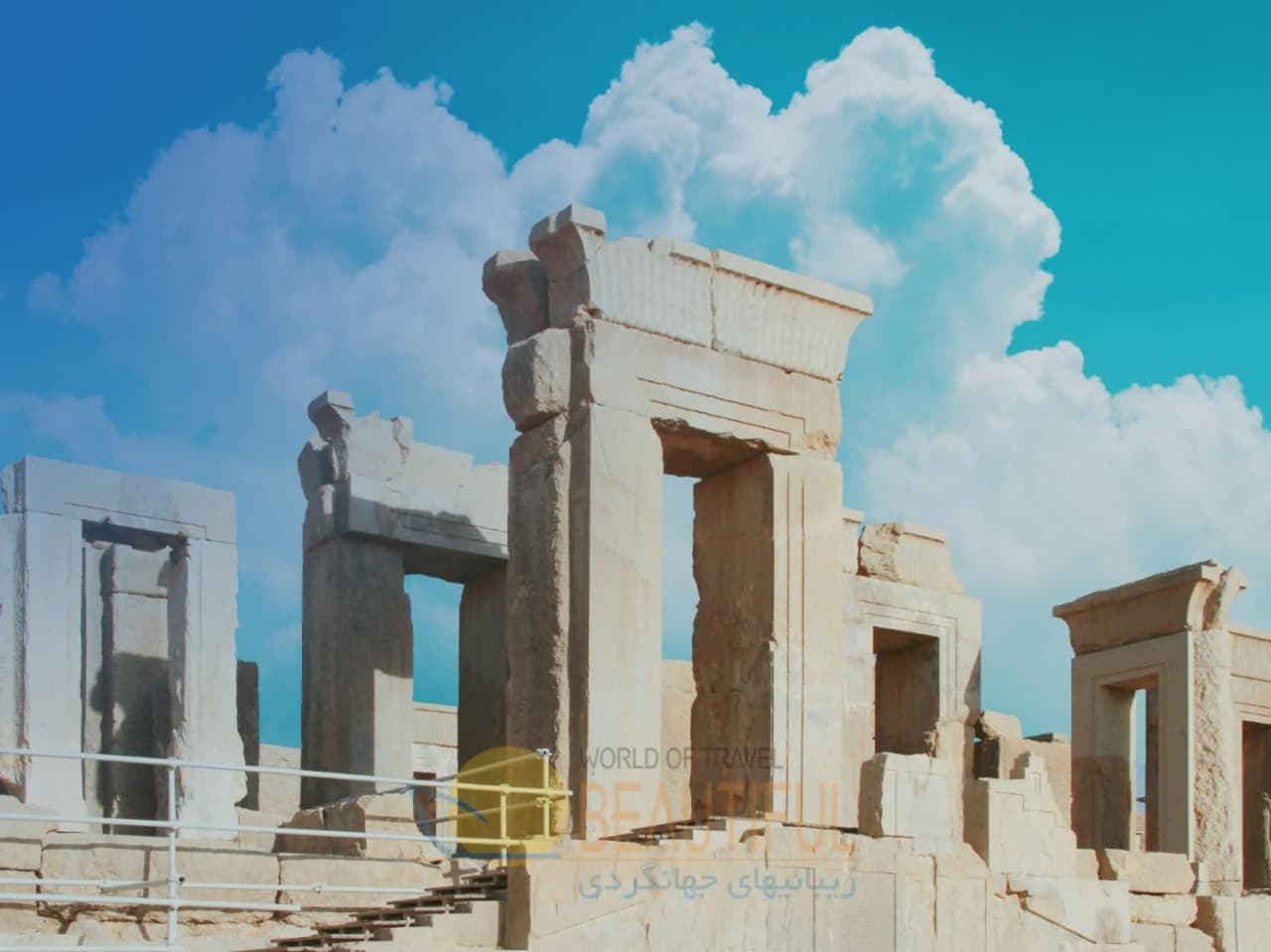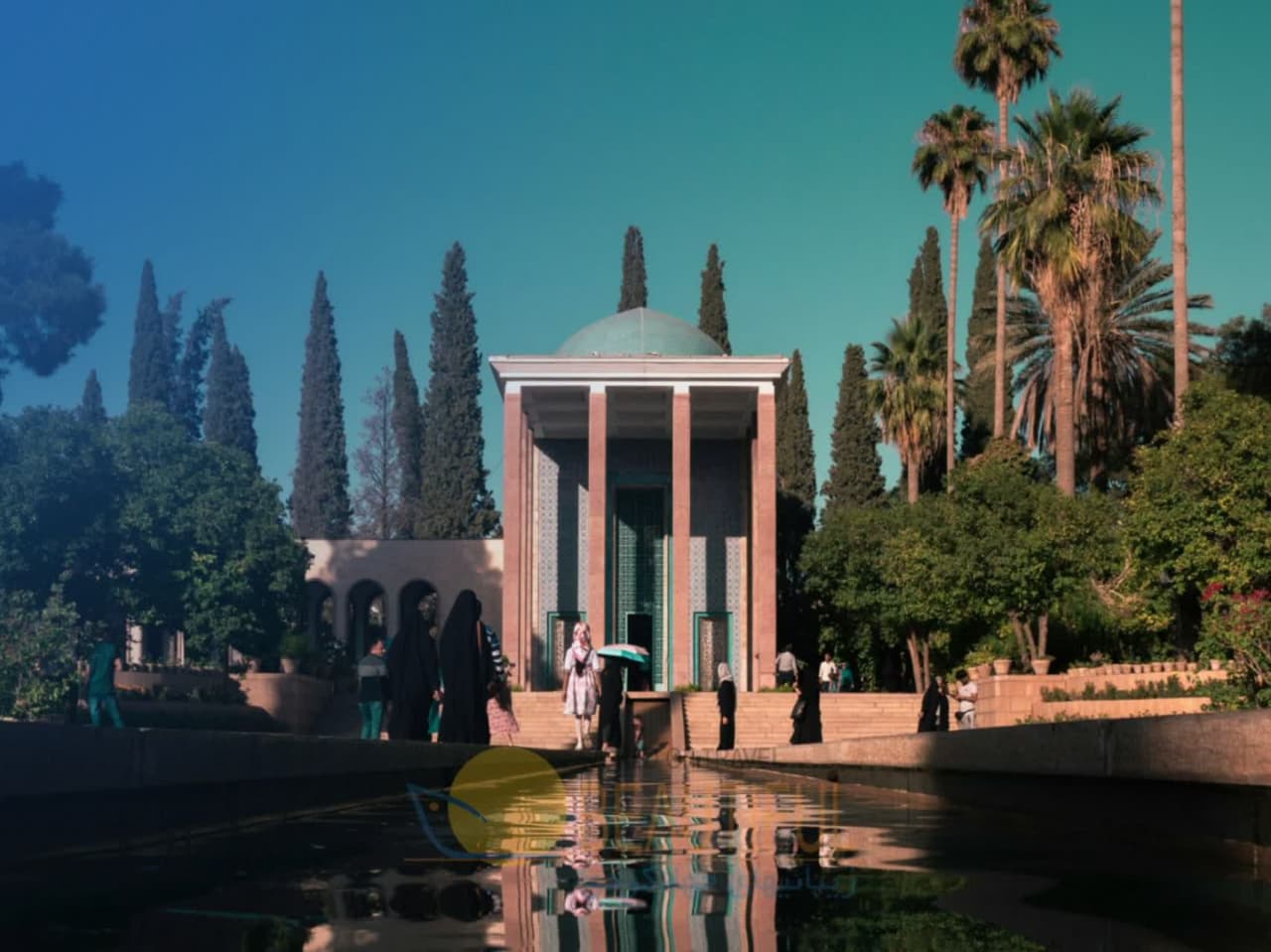Persian carpet weaving is one of the oldest and most distinguished arts in Iranian culture. It is widely acknowledged that the oldest carpet in the world belongs to the Persian era, dating back to the Achaemenid dynasty. What makes this art form truly special is not just its heritage and age but its growing appreciation across different nations and cultures. The beauty of the design and patterns is a key factor in the lasting legacy of Iranian carpets. Iranian artisans have perfected the art of weaving Persian rugs, paying close attention to aesthetic principles in both the main field and borders, making each rug a unique masterpiece.
Iranians have always shown a strong preference for handmade carpets in their homes, seeking to add warmth and beauty to their living spaces. Iranian carpets come in various types, and knowing these differences can assist in making the right choice when purchasing a carpet. This article aims to introduce the best Persian rugs and their designs, helping you gain a deeper understanding of this ancient and highly esteemed art.
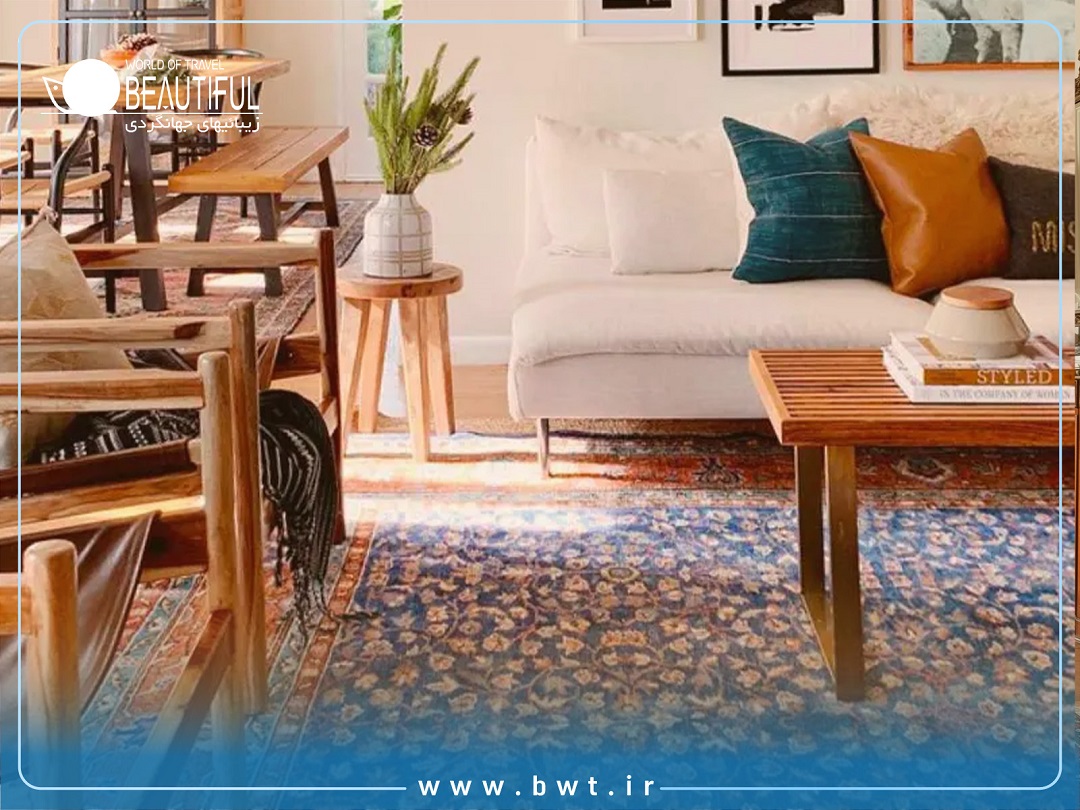
The Art of Iranian Carpet Weaving
Iranian carpet weaving is a symbol of art, brilliance, culture, and tradition. Iranians have long been pioneers in carpet weaving, and over time, they have elevated this craft to such a high level that it is often considered a representative of Iranian culture and art. The earliest documented references to Iranian carpet weaving can be found in Chinese texts related to the Sassanian period (224–641 AD).
Historical evidence suggests that the use of carpets became widespread during the Achaemenid dynasty. It is important to note that the materials used in weaving carpets, such as wool, silk, and cotton, often deteriorate over time, making it challenging for archaeologists and historians to determine the exact age of these carpets. However, historical accounts indicate that magnificent carpets existed in the Achaemenid court, and it is said that Alexander the Great, upon seeing these stunning Persian carpets in Pasargadae, was astonished and deeply impressed. During the Seljuk and Ilkhanid periods, carpet weaving flourished as a valuable art and a profitable trade, with many mosques adorned with exquisite Persian rugs. Numerous historical quotes
testify to the ancient and authentic nature of this art. For instance, Xenophon mentioned:
"In the Achaemenid court, carpets were spread out, and they would be replaced from time to time as they would wear out."
European archaeologist Count Krosha also wrote:
"In ancient Iran, there was a period when Persepolis was set on fire by the Macedonians, and the magnificent Persian carpets were burned in the fire."
Rodnenko, another historian, wrote:
"Alexander would spread delicate yet robust Persian carpets in front of his royal throne."
The Pazyryk Carpet
The oldest carpet in the world is known as the Pazyryk carpet, discovered between 1326 and 1328 CE by a Russian archaeologist in the frozen tomb of a Scythian ruler in the Pazyryk Valley of Russia. The carpet is made of wool and is square-shaped, with each side measuring 1.98 meters in length.
The Pazyryk carpet features a decorative floral border and images of horseback riders, grazing deer, and mythical creatures with the heads of eagles and bodies of lions. After examining the structure of the carpet and its motifs, Sergey Rodnenko, the discoverer, noted a striking resemblance between the designs on the carpet and the reliefs of Persepolis. While many researchers attribute this carpet to the Parthian or Median period, there is still some debate regarding its exact age. The Pazyryk carpet is now preserved in the Hermitage Museum in St. Petersburg, Russia.
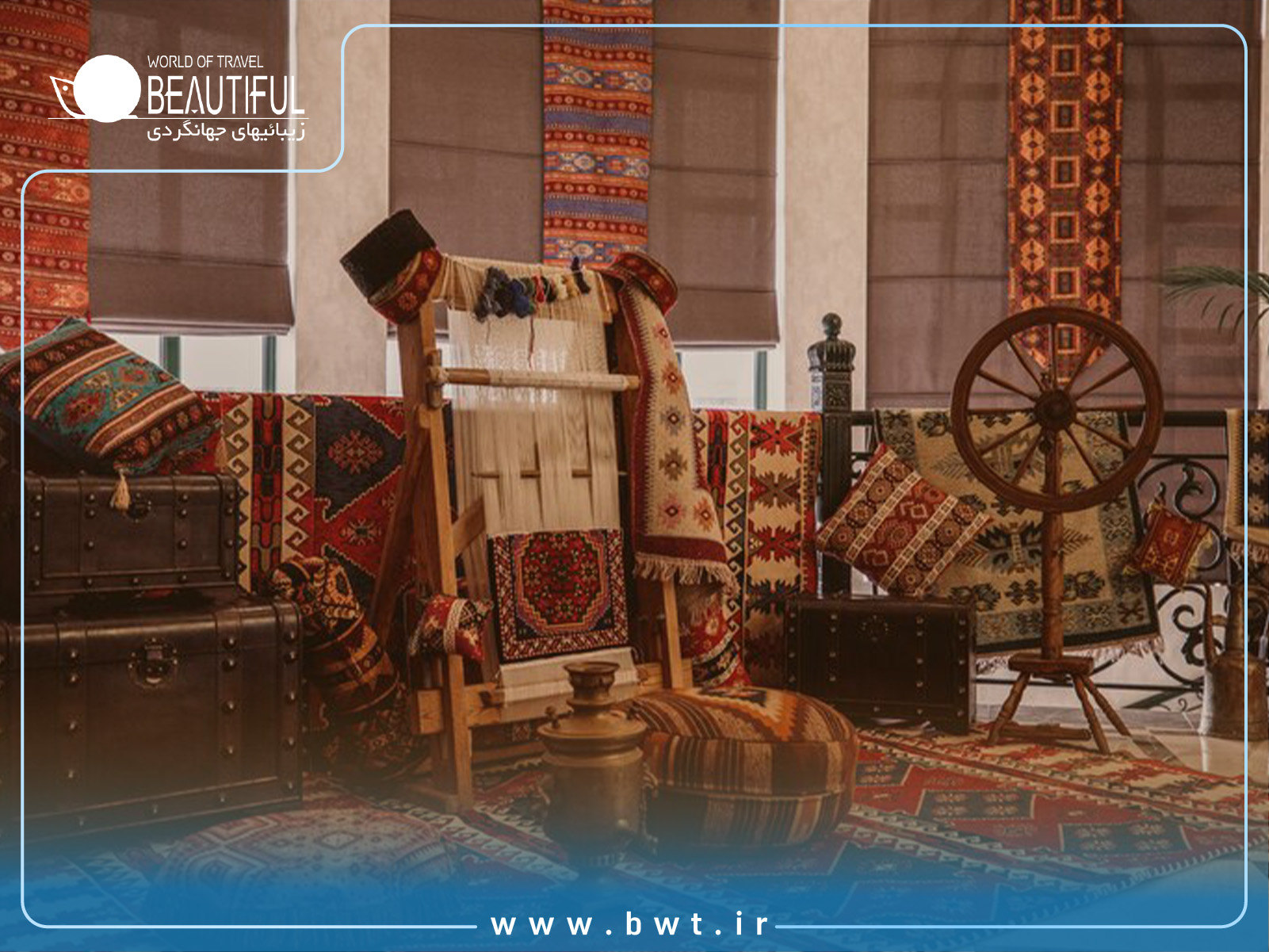
Types of Traditional Iranian Carpets
Gabeh: A Choice for Natural Fiber Lovers
Gabeh is a type of Persian handmade carpet known for being thicker and coarser than other types. What distinguishes Gabeh is that it is woven using natural wool and dyed with plant-based natural colors.
Kilim: A Unique Choice for Design Enthusiasts
Kilim is a type of flatweave rug that is typically made from natural wool. These rugs are characterized by geometric patterns, such as diamonds, hexagons, squares, and triangles, with occasional representations of natural and animal motifs. Kilim weaving involves techniques like warp threading, using a wooden loom, and chain weaving. Kilim types can be divided into simple weave, relief weave, and Verni.
Jajim: A Refined Handwoven Piece
Jajim is a type of flat-weave textile woven in long and narrow strips. Jajim is thinner and softer than Kilim. It is woven in various regions of Iran, with different names depending on the area. For example, in Ilam, it is referred to as "Jol."
Northern Iranian Carpets: Specially Designed Carpets
Regions such as Rudbar, Kelardasht, and Bandar Turkmen are known for weaving carpets with triangular patterns. The color red is commonly dominant in Turkmen rugs.
Famous Iranian Carpets
Tabriz Rugs: Among the Finest Persian Carpets
The history of carpet weaving in Tabriz dates back to the Safavid period, and Tabriz carpets are known for being some of the finest, with the tightest weave among Persian carpets. These carpets are often made from silk or wool and are distinguished by intricate designs, small knots, and vivid colors.
Kashan Carpets: A Tradition of Intricate Weaving
Kashan carpets are renowned for their fine weave and elegant designs. The patterns used in Kashan rugs are often a mix of decorative motifs, and the color palette traditionally included bold, high-contrast colors. Nowadays, more subtle and softer colors are favored. The most common motifs found in Kashan carpets include medallions, floral designs, and intricate borders.
Qom Carpets: Exquisite Persian Weaving
Qom is a city that initially gained recognition for its carpets among nomads and villagers. However, with the rise of this craft in trade, its influence spread to other areas. Persian carpets from Qom are known for their exceptional delicacy, with intricate and precise patterns that give them an almost machine-made appearance. The designs often feature motifs such as the Shah Abbas medallion, gardens, and hunting scenes.
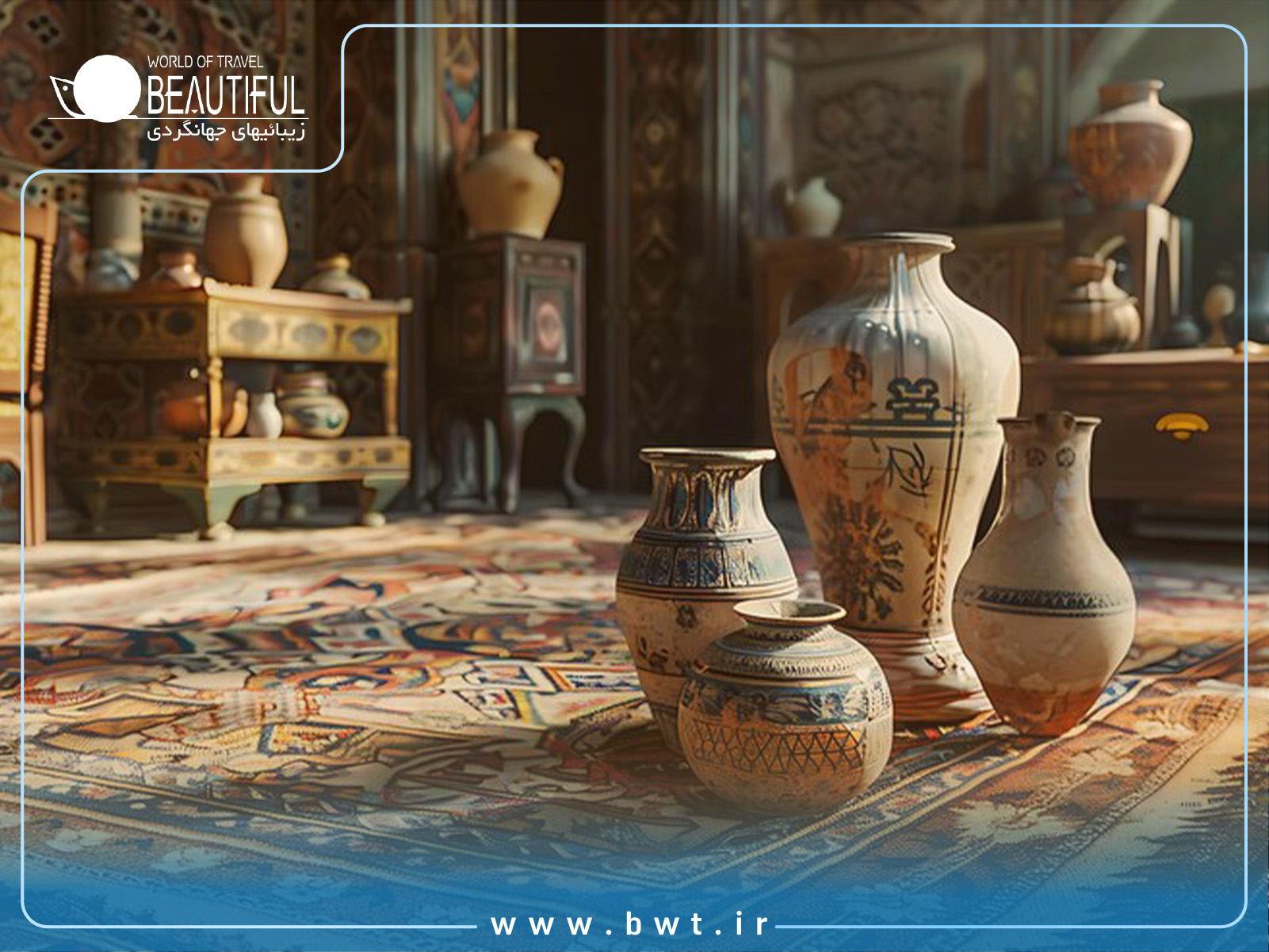
Iranian Carpet Designs and Patterns
Iranian carpets are known for their diverse and rich design vocabulary. The following is a comprehensive categorization of Persian rug patterns:
-
Ancient and Islamic motifs
-
Shah Abbasi design
-
Islimi pattern
-
Eclectic patterns
-
Grid designs
-
Scatter designs
-
Boteh Jaqa patterns
-
Turkmen motifs
-
Tree motifs
-
Floral designs
-
Hunting scenes
-
Geometric patterns
-
Prayer motifs
-
Mihrab designs
-
Mixed designs
-
Nomadic motifs
Symbols in Iranian Carpets
Understanding the symbols embedded in Persian rugs provides a deeper appreciation of this art. Below are a few common symbols:
-
Mountain Goat Motif: Often seen in Turkmen carpets, this symbol represents the bravery and resilience of mountain dwellers.
-
Diamond Motif: In the East, it symbolizes spirituality and is often accompanied by radiating lines.
-
Ram Motif: Known as "Qachaq," this represents strength and is commonly depicted with full body and horns.
-
Bird Motif: Birds are frequently featured in Persian carpets, representing the Simurgh, a mythical bird of Iranian literature.
-
Tree of Life: Represents the sacred Sassanian tree and symbolizes life and divine connection.
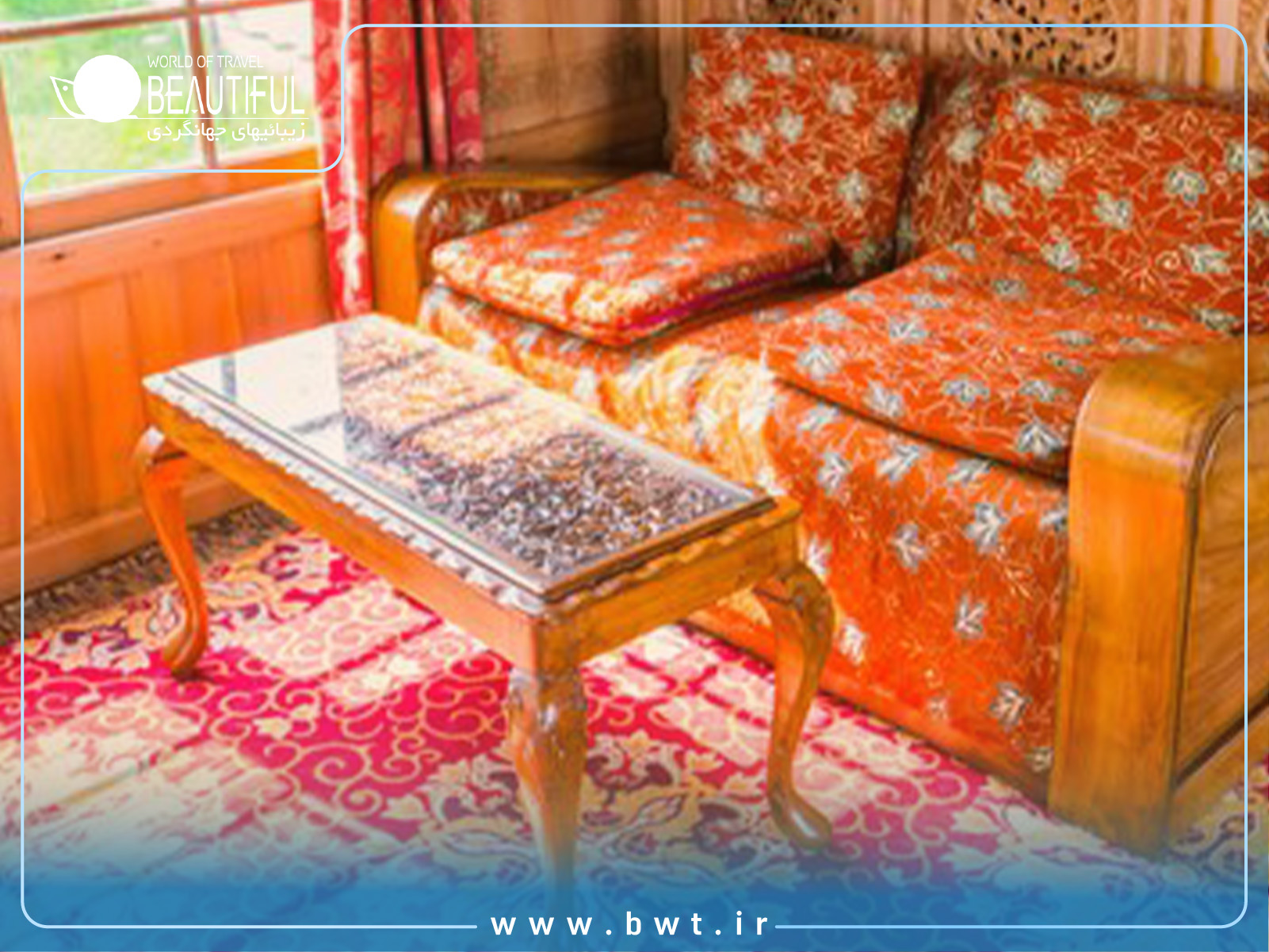
Conclusion
Iranian carpets are more than just decorative pieces; they are carriers of history, culture, and craftsmanship. With their intricate designs, symbolism, and unrivaled craftsmanship, Persian rugs have earned a place in the world as masterpieces of art. When selecting a Persian rug, it is essential to consider factors such as the quality of the weave, the materials used, and the region where it was produced. Each region of Iran offers its unique contribution to this ancient craft, making every carpet a testament to the rich heritage and artistry of the Persian people.






